Growing Green with the Zodiac: Toward an Ecological Astrology
Sagittarius Season: November 22-December 21, 2024
New friends: Growing Green with Sagittarius is the fourth in a series of 12 almanac posts seeking to integrate traditional astrology—the way humans have charted their relationship to the stars since we have been human—with ecological and environmental concerns: the global crisis that will shape all future humans.
This approach is a contemporary reframing of the long-held view that planets, people, and plants are all part of one coherent whole. I hope these posts encourage all of us to pay more thoughtful attention to the green world, especially now that the new U.S. administration seems intent on rolling back the green policies of the past few years. It’s no exaggeration to say that our lives—and the lives of our children and their children—depend on it.
Thyme, Place & Story includes several different monthly publications. This one isn’t your cuppa? You can choose. Go here to select what you receive from me.
Sagittarius Season: November 22-December 21
Guardian planet: Jupiter, the solar system’s largest planet
Element: Fire. Modality: Mutable
Sagittarius’ home in the Zodiac is the 9th House, the domain of greater learning, wider vision, deeper philosophies, farther travel, and the pursuit of understanding. The expansive energies of Sagittarius Season push all of us to seek the wider universe of places, people, ideas. Journeys and travel expand our horizons. Faraway places, foreign cultures, new languages, and new paradigms challenge our narrow concepts and bring us deeper insight into large problems. For those of us who think green, this can mean a desire for wider environmental experience (trip to the mountains, a cruise to the Antarctic); the need to think of “garden” in the broadest sense; and a growing urgency to understand and protect the natural world.
When it comes to green, Sagittarius folk (those who have Sun, Moon, Rising Sign, or a cluster of planets in Sagittarius or a strong Jupiter or 9th House) are known for their natural affinity for green landscapes, especially wilderness.
If they’re gardeners, they approach their green spaces with renewed energy, enthusiasm, and optimism, eager to learn new plants, practices, tools. They put a premium on creativity, spontaneity, and growth and dislike limits and restrictions. They’re always seeking greater abundance, a farther horizon, larger dreams.
They find a deep connection to the universe through nature, using the garden space or a wild place for meditation and reflection.
Generous to a fault, Sagittarians love to share what they have and what they know. They thrive in communal activities: community gardens, environmental groups, group travel to wild places.
Sagittarius’ shadow. Jupiter is the planet of growth, generosity, optimism—and a compelling desire to have it all, use it up, or give it away. Its shadow is intense, dynamic, and enduring. It’s big, too. About the size of the human race.
Unchecked growth can lead to over-reach: over-population, over-exploitation, uncaring colonialism, out-of-control pollution, global warming, and more.
Expanding food production to feed ever-growing populations can result in deforestation and land and water degradation.
Jupiter’s shadow warns us that reckless growth comes at the expense of the planet's ecological health and all creatures’ food and climate security. We need to sharply rethink what "expansion" means in a world facing resource depletion, biodiversity loss, and near-irreversible climate change.
Sagittarius’ Season in the Green World
In home and market gardens of the northern hemisphere, Sagittarius is the harvest season: rich with abundance and plenty, with food for feasting and preserving.
On commercial farms, it’s the season to harvest the grain that feeds millions.

Across America, it’s cornucopia time, celebrating everything that nature offers us. Check out these biggest, busiest, nuttiest, most flavorful, most fun, too-much-of-a-good-thing Sagittarius events. These harvest festivals rejoice in a remarkable bounty and invite us all to come and share it with them. And since Sagittarius loves to travel, a weekend trip fits right in.
The Great Jack-O'-Lantern Blaze (Croton-on-Hudson, New York) .
South Carolina Carolina Pecan Harvest Festival (Whiteville, North Carolina)
Hilton Head Oyster Festival (Hilton Head, South Carolina)
South Texas Butterfly Festival (Mission, Texas)
Gardening by the Sun in Sagittarius Season
Gardeners love this time of year, with fewer weeds, cooler weather, and Thanksgiving on the menu. But while the growing season may be winding down, there’s always plenty to do. Here’s a handy checklist for your northern-hemisphere garden.
Plant those last-minute spring bulbs—tulips, daffodils, and crocuses—before the ground freezes. Here are some suggestions for squirrel-proofing your treasures.
Bring in the last of those late-season cabbages, carrots, potatoes, Swiss chard. And here is my great-grandson Jett, on his way to the kitchen with his basket. His mom says, “Jett was a great help harvesting our Swiss chard—still thriving in the backyard—for our soup tonight. It's going to be delish!” If the soup sounds like a good idea, try this super easy recipe.
Add an extra layer of mulch or fallen leaves to protect perennials and wrap tender plants in burlap, old sheets, or other protective materials. (I’ve used extra row covers, light-weight, easy to work with.)
Tidy up dead plants and weeds—but remember to leave the seed heads for the winter birds. Now would be a good time to set up those winter feeding stations, too.
Prune dead or diseased branches from trees and shrubs. When you’re done, stow the garden tools—clean, sharpen, and oil as necessary—and then go indoors and relax with a cup of hot tea and a cookie or two. You deserve it.
On more thing. While you’re sitting, take a moment to jot down the things you wish you’d done in your garden this last season. You can use it for planning during the coming Capricorn Season.
Gardening by the Moon in Sagittarius Season
The increasing light of a waxing moon is said to encourage leaf growth and its increasing gravitational strength to raise soil moisture and boost plant sap production. The decreasing light and strength of a waning moon is believed to encourage root growth. Each of the Moon’s phases (waxing, waning periods) last about a week.
Gardening by the Moon’s phases. Here are the phases and traditional practices for Sagittarius Season:
Waning Gibbous (Nov. 22) to Last Quarter (Nov. 23). Plant cool-season root crops, also perennials, shrubs, trees.
Waning Crescent (Nov. 24) to New Moon in Sagittarius (Dec. 1). Avoid planting. Harvest and store crops, fertilize, weed, mow lawns. On the New Moon, put work aside, reflect on your plans for the coming cycle, especially those that have to do with Sagittarius-style big ideas, large-scale projects, travel.
Waxing Crescent (Dec. 2) to First Quarter (Dec. 8). Indoors or out (local climate permitting,) plant above ground annuals (especially leaf plants) and herbs. To increase growth, mow grass, graft and prune.
Waxing Crescent (Dec. 9) to Full Moon (Dec. 15). Plant above ground annuals (especially fruit plants), grains, flowers. To increase growth, mow grass, graft and prune.
Full Moon in Gemini/Cancer (Dec. 15). Celebrate, gather medicinal herbs, reflect on the largess of the universe and the present grace of this Earth, our home planet.
Waning Gibbous (Dec. 16 to Last Quarter (Dec. 23). Plant below ground/root plants, perennials, trees, shrubs. Harvest crops, fertilize, transplant.
Gardening by the Moon’s signs. As the Moon changes phases, it also moves from one zodiac sign to another. Traditionally, each sign is suited to a different set of tasks, suggested by the planet that rules the sign. If you’d like to learn about gardening by the Moon’s signs, you’ll find an extremely helpful calendar and chart here. Before you tackle the calendar, scroll down to the chart, where you’ll see the phases displayed in the wide center column and the signs on the left. I’ve set the Astro-seek link for the beginning of Sagittarius in November; you can reset it (at the top of the page) for the calendar month of December.
The Lunar Learning Library at Gardening by the Moon is an interesting and helpful resource, with excellent hands-on how-to reporting from gardeners who practice lunar gardening.
For Indoor Gardeners
If you’d like to add a Sagittarian plant to your indoor garden, a Jade Plant (Crassula ovata) would be a perfect choice. Also called the “money plant,” the jade traditionally represents prosperity, abundance, and great expectations—confidently Sagittarius. Easy-care, bright indirect light, minimal watering.

Some Sagittarius Reading
Jupiter is the archetypal planet of learning, knowledge, wisdom, philosophical thought, and spiritual understanding: how we expand our thinking, seek larger truths, and engage with deeper intent. On the wet and wintry days that Sagittarius brings, cozy up indoors with some ecologically-themed reading. Suggested here are three books that explore both the bright and the shadow side of Sagittarius, all related to issues critical to our survival on this planet. These books may not be easy—in fact, they can be downright uncomfortable. But they will push you to a wider understanding of the ecological and environmental problems that confront us. That search for a “wider understanding” is what Jupiter is about.
The Serviceberry: Abundance and Reciprocity in the Natural World, by Robin Wall Kimmer. A member of the Potawatomi Nation, Kimmerer never once uses the word Sagittarius. But her latest book (after Braiding Sweetgrass: Indigenous Wisdom, Scientific Knowledge and the Teachings of Plants) shows us Jupiter at its Sagittarian best: producing abundantly and sharing generously. The serviceberry, Kimmerer says, is part of nature’s “gift economy” and its fruits are a manifestation of Earth’s generosity, kindness, and creativity. Importantly, the serviceberry teaches us what is enough, a concept that’s difficult for Jupiter—the champion of “unrestrained taking”—to live with. A short and memorable book that says a very great deal in only 128 pages.
1493: Uncovering the New World Columbus Created, by Charles C. Mann
Jupiter’s Sagittarius is all about explorations, journeys to far places, reaching out, taking what we can get—right? Well, here is a book that uses Columbus’ “discovery” of America to demonstrate just how fundamental that impulse is and how it shaped global history. Compiling research by biologists, anthropologists, archaeologists, and historians, Mann shows how the post-Columbian network of ecological and economic exchange—of “unrestrained taking”—pilfered South America, devastated imperial China, and convulsed Africa. To ecologists, the Columbian Exchange is one of the most central and significant events in our occupation of the planet. It planted the seeds of today's fiercest political disputes, from immigration to trade policy to culture wars to climate change. Mann’s book gives us an eye-opening interpretation of our past that might change your view of our future.
The Sixth Extinction: An Unnatural History, by Elizabeth Kolbert
Over the last half billion years, there have been five mass extinctions. Scientists are currently monitoring the sixth, predicted to be the most devastating extinction event since the asteroid impact that wiped out the dinosaurs. This time, the cataclysm is us. In The Sixth Extinction, Elizabeth Kolbert takes us on a Sagittarian interdisciplinary learning-journey with geologists who study deep ocean cores, botanists who follow the Andes tree line, marine biologists who dive off the Great Barrier Reef: all examples of Jupiter’s compelling drive to know more, studying our far-reaching effects, as humans, on the only planet we’ll ever have.
Overshoot: The Ecological Basis of Revolutionary Change, by William R. Catton.
Homo colossus is the name Catton gives to our Sagittarian shadow—the dark side of our colossal appetite for energy, natural resources, and consumer goods, fueled by our mutable fire nature. Homo colossus has lived, Catton writes, in an Age of Exuberance:
The past four centuries of magnificent progress were made possible by two non-repeatable achievements: (a) discovery of a second hemisphere, and (b) development of ways to exploit the planet's energy savings deposits, the fossil fuels.
But the age of infinite resources is coming to an end and their unlimited exploitations have damaged the planet, perhaps irretrievably. How do we face these inarguable facts? Catton’s seminal work in ecological studies is definitely not an easy read. But it’s a necessary place to start for those who want to understand the consequences of our Sagittarian/Jupiter nature.
Sagittarius’ Medicinal Herbs
In the ancients’ view of a unified cosmos, the essential being of each planet was believed to be embodied in particular plants, which were understood to affect those parts of the human body most closely associated with that particular planet. Jupiter was thought to rule the hips, thighs, lower spine, the liver (the body’s largest organ) and the autonomic nervous system. It also ruled the process of growth from childhood into adulthood. In Vedic (eastern) astrology, Jupiter was considered to govern the pancreas and the pituitary, as well.
Here is a representation of these relationships, as they were generally understood in both western and eastern astrology.
In Western medical astrology, herbs related to Jupiter have traditionally been used to treat lower back problems (including sciatica and lumbago), arthritis, and rheumatism, as well as ailments related to the liver, the body’s largest organ. (The planet’s size obviously figured into this assignment.)
Over-indulgence in food and drink was thought to be related to Jupiter’s negative greedy, gotta-have-it-all energies. Too much saturated fat and sugar can cause fatty liver disease (NAFLD). Too much alcohol causes cirrhosis of the liver.
Dandelion (Taraxacum officinale). In both Western and Eastern herbalism, Dandelion’s bitter roots and leaves are known for their liver-cleansing and diuretic effects. This detoxification and liver support are aligned it with Jupiter, as did the size of the root. According to the Doctrine of Signatures, herbs with large taproots were Jupiter-ruled.
Meadowsweet (Filipendula ulmaria). Meadowsweet contains salicylic acid, which has anti-inflammatory and pain-relieving properties similar to aspirin. Traditionally, meadowsweet was used to treat the pain of (Jupiter-related) arthritis, sciatica, and rheumatism, as well as fevers, headaches, and inflammation. In the 19th century, chemists began isolating salicylic acid from plants like meadowsweet and willow bark. Although salicylic acid was effective, it was also quite irritating to the stomach. Bayer, a German pharmaceutical company, developed acetylsalicylic acid by modifying the salicylic acid structure. This new form was named aspirin, derived from meadowsweet’s botanical name, at the time: Spiraea ulmaria.
Milk Thistle (Silybum marianum). Silymarin is the main bioactive complex in milk thistle (flavonolignans, including silybin, silydianin, and silychristin.
Silybin (or Silibinin): It has strong antioxidant, anti-inflammatory, and hepatoprotective (liver-protecting) effects, support cell regeneration, and reduces liver inflammation.
In the East, Vedic astrology places a stronger and more holistic emphasis on Jupiter as a guide for learning, spiritual growth, and ethical choice. In addition to herbs that treated Jupiter’s ill physical effects, traditional Ayurvedic herbs embodied, in plant form, the planet’s positive energies of wisdom, growth, and healing. Here are three nootropic herbs, plants that are valued for their cognitive benefits.
Brahmi (Bacopa monniera). In Ayurveda, bacopa is known for enhancing memory, concentration, and mental clarity. It supports cognitive function, reduces anxiety, and promotes mental calm. The bacosides, particularly bacoside A, are its most critical components, as they directly support its neuroprotective and memory-enhancing effects, for which Bacopa is known in both traditional and modern medicine.
Gotu Kola (Centella asiatica). Studies have shown that gotu kola improves cognitive function, particularly in tasks involving memory and attention. It enhances neuronal communication and promotes the growth of dendrites and axons, critical for learning and memory. As well, Gotu kola’s antioxidant properties protect the brain from oxidative stress, linked to neurodegenerative diseases like Alzheimer’s and Parkinson’s. It improved cognitive performance in elderly participants in a randomized controlled trial; in a study of healthy adults, it enhanced attention span and short-term memory.
Ashwagandha (Withania somnifera) is a powerful adaptogenic herb that has significant cognitive-enhancing effects supported by a growing body of scientific research. It is used in Ayurvedic medicine to promote mental clarity, reduce stress, and improve memory and learning. Recent studies suggest that it may protect against Alzheimer’s and dementia.
That’s it for Sagittarius. Thanks for reading, everyone! You’ll hear from me again on Monday, December 2, with the December edition of All About Thyme.
Supporting subscribers, your Sagittarius workbook is coming in a separate email. It includes some ecological thoughts on the warning in Jupiter’s Temperance tarot card, more Sagittarius reading, a couple of journal prompts, and tableful of curated holiday food suggestions that will delight the greediest Jupiter.
Thyme, Place & Story is a reader-supported publication. To receive bonus material like the Growing Green Workbook, consider becoming a paid subscriber.






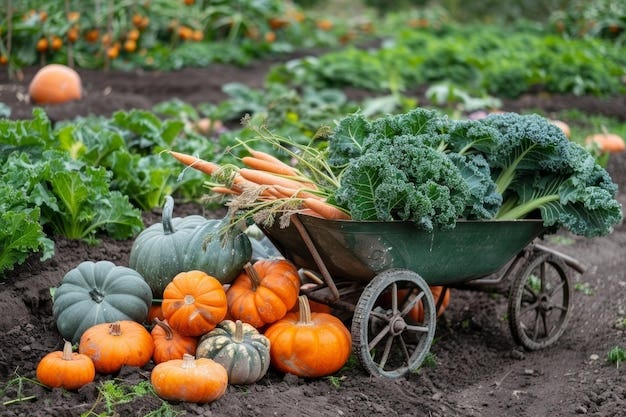
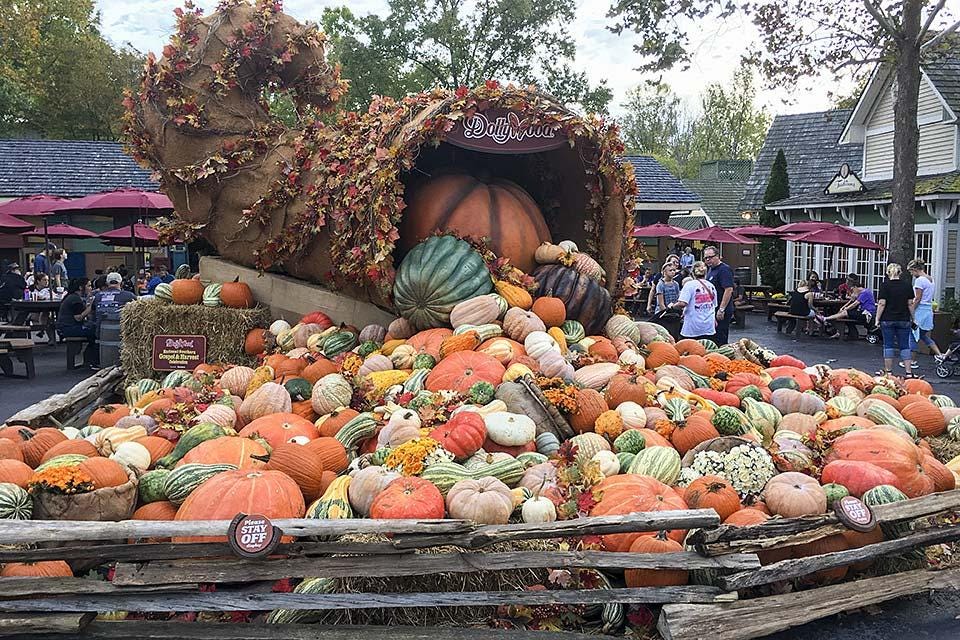


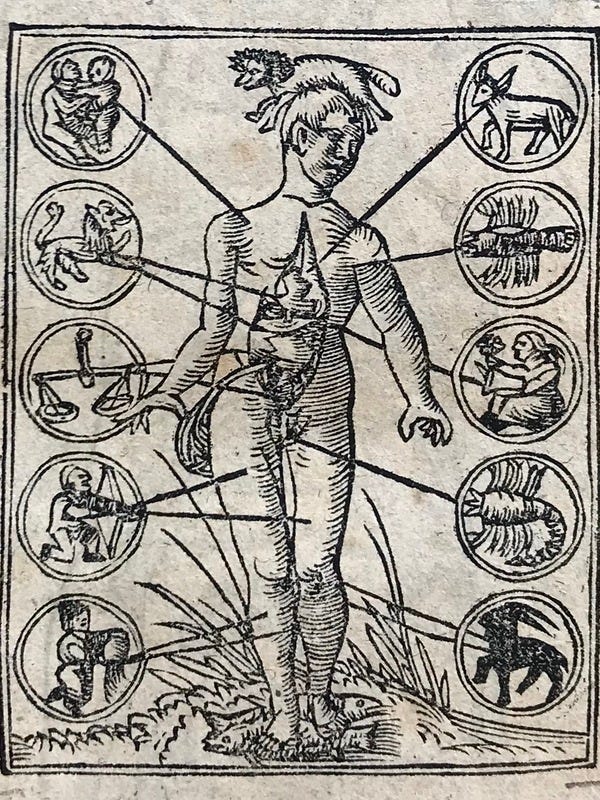



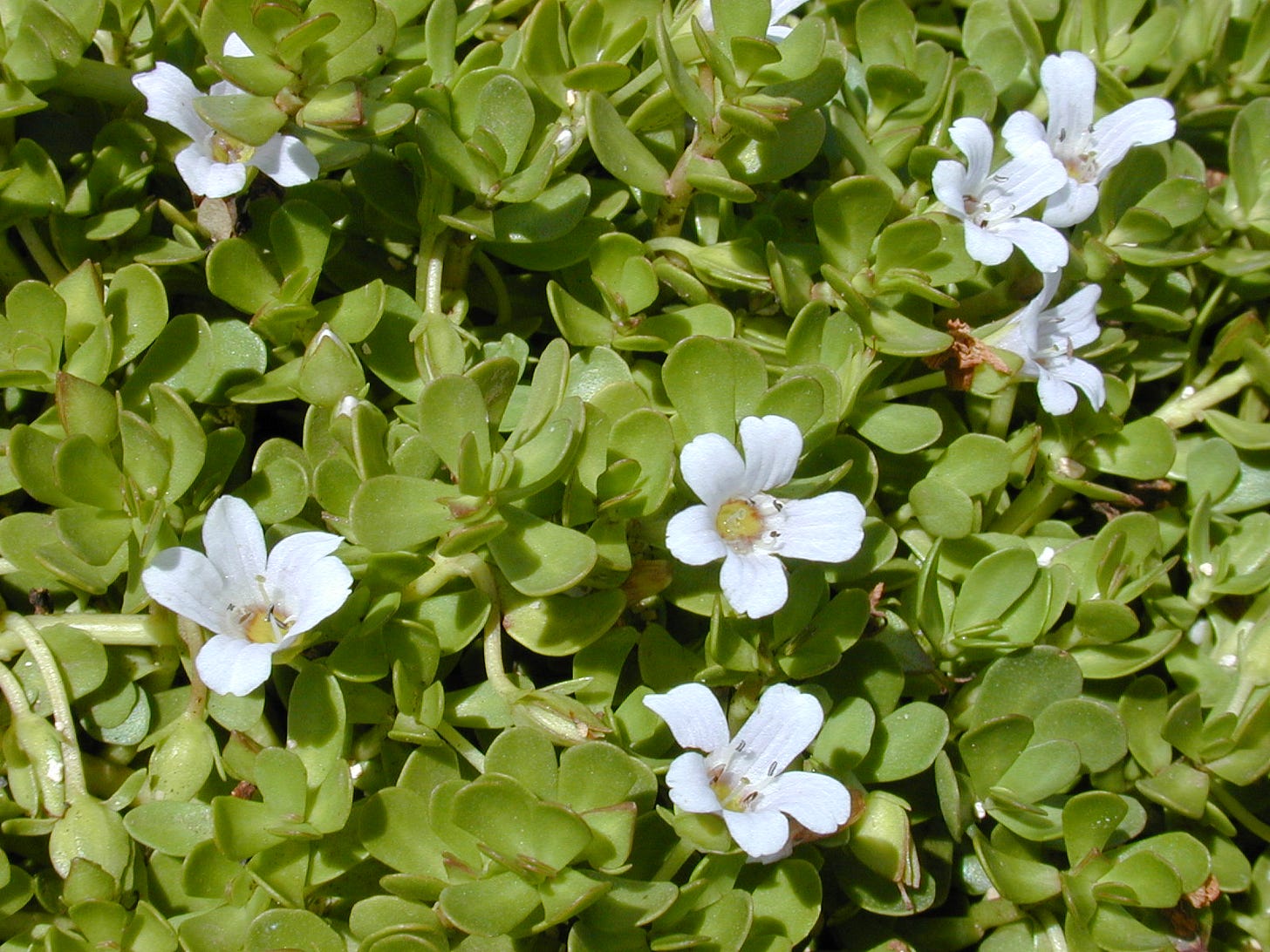
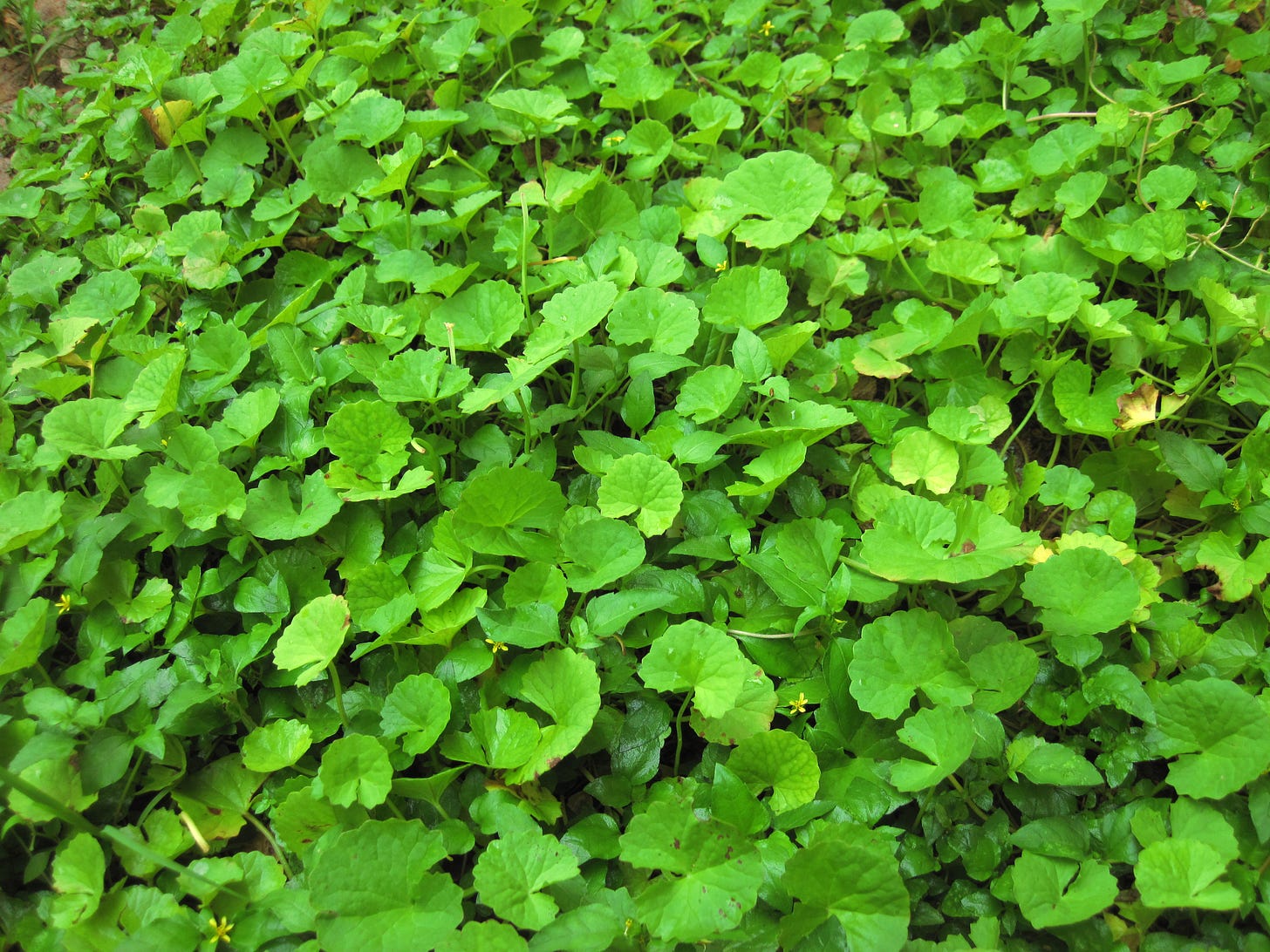


Funny about our world turning and all. We begin to feel like everything will be repeated with time. And yet there are some singular events. Today I am celebrating the 100th birthday of my favorite Sagittarian, my Uncle Stoney! Still quite bright on the phone, he has so many of the Sagittarian traits. Has always loved to travel. Has lived in many places while always returning to his roots in Baton Rouge with his extended family. Always been very generous with his time, home and money. Over the years he stayed in touch with many of the men he served with in Europe during WWII and often met with them both state-side and over there. Wonderful memory for people! He is the last of my father's siblings. And while he has many grandchildren and nieces and nephews, he is the last of a French man and an Irish woman and their 9 children all raised in Baton Rouge. Through most of his 80's and 90's he made weekly visits to his remaining 2 sisters. Taking them shopping and for a meal and such. A quietly religious man, who did everything with his wife, prior to her passing. He honors her by 'taking care' of their children and relatives. I am so blessed to be this man's niece!
Loving everything in this Sagittarian post, Susan. So much ringing true to my experience. Taking note of your generous links and recommendations. Lots and lots to chew on here! Many thanks for it all! :-)
I love this series so much! I have dabbled in astrology for decades after having my natal chart completed by an astrologer when I was 18. My Sun is in Sagittarius with a Libra Moon and Libra Ascendent and like my dominant scales of balance, I am always seeking to moderate my over-indulgence and over enthusiasm. Before I read this morning, I woke with annoying sciatica pain now in its second week, and began planning my 2025 travel adventures! I have already started my 2025 garden planning, and have an ever-growing book list. Thank you for this series!